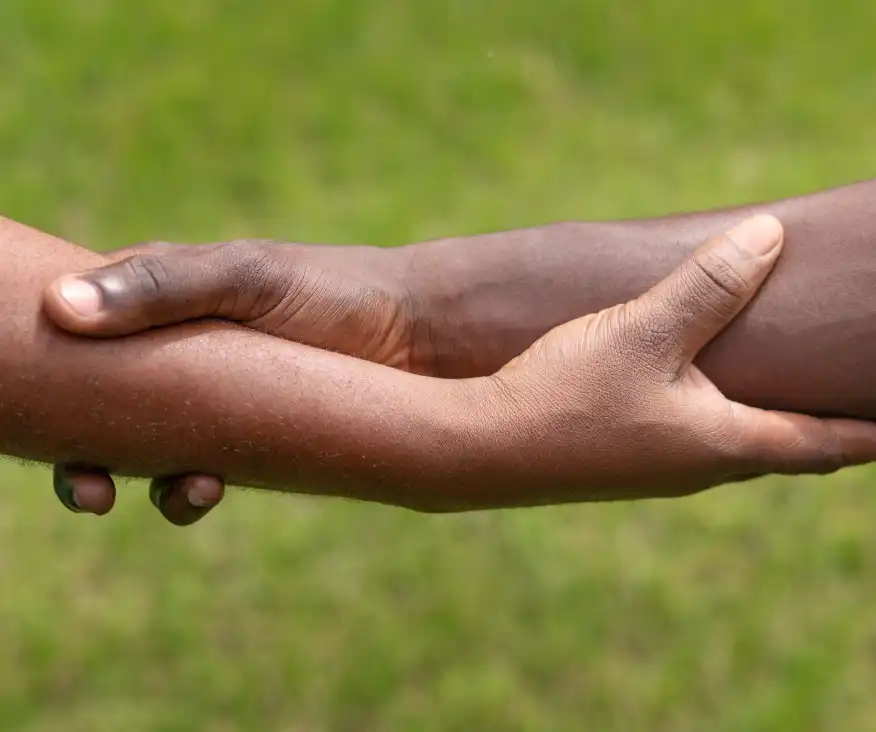
Peace and Conflict Transformation
Peace and conflict transformation in Kenya can be approached through the Do No Harm (DNH) framework. DNH is a tool developed by Mary Anderson and published by the organization CDA (Collaborative for Development Action). It represents a crucial paradigm shift in the way relief, development, and peacebuilding work is done in conflict-affected areas.
The Do No Harm approach, also known as Local Capacities for Peace (LCP), is widely used by various aid organizations, including World Vision [3]. World Vision is a founding member of the project that developed this tool and is one of the most active organizations globally in implementing it. They integrate conflict sensitivity using the Do No Harm approach wherever relevant.
In the context of Kenya, the Do No Harm framework aims to minimize harm and support local capacities to build peace [3]. World Vision conducts field assessments using the DNH tool to understand conflicts at the project or community level. By understanding which activities divide or connect people, World Vision collaborates with local leaders to design projects or programs that minimize harm and promote peace [3].
To further explore the application of Do No Harm in Kenya, a case study conducted by Natalie Baker Merrill provides valuable insight. Merrill travelled to Kenya and interviewed individuals involved in implementing DNH, resulting in a comprehensive case study on conflict-sensitive development using the Do No Harm approach. The study aimed to understand how the concept of Do No Harm contribute to the success of humanitarian efforts in reducing conflict and fostering sustainable development. Although the research focuses on humanitarian efforts, its findings can inform peacebuilding and conflict transformation initiatives in Kenya.
Overall, the Do No Harm approach, utilized by organizations like World Vision, offers a framework to analyze conflicts, minimize harm, and support local capacities for peace in Kenya [3]. By integrating conflict sensitivity into development and peacebuilding projects, the aim is to create more meaningful and effective interventions for the people and communities involved [2].
References:
- Do No Harm for Faith Groups Case Studies El Salvador and Kenya. Retrieved from https://www.wvi.ong/sites/default/files/2021-09/2021-DNH-Evidence%20Brief-small.pdf
- Merrill, Natalie Baker. “Conflict-Sensitive Development: A Case Study of Do No Harm in Kenya.” Retrieved from https://digitalcollections.sit.edu/capstones/1521/
- Do No Harm | Peacebuilding & Conflict Sensitivity | World Vision. Retrieved from https://www.wvi.org/peacebuilding-and-conflict-sensitivity/do-no-harm



